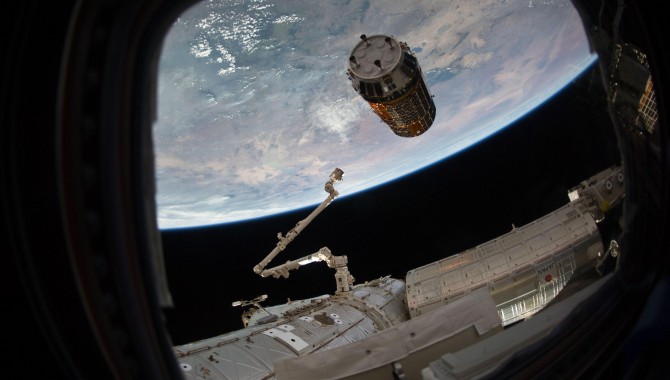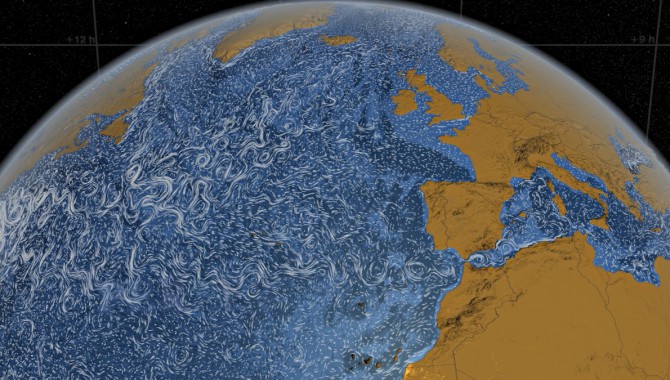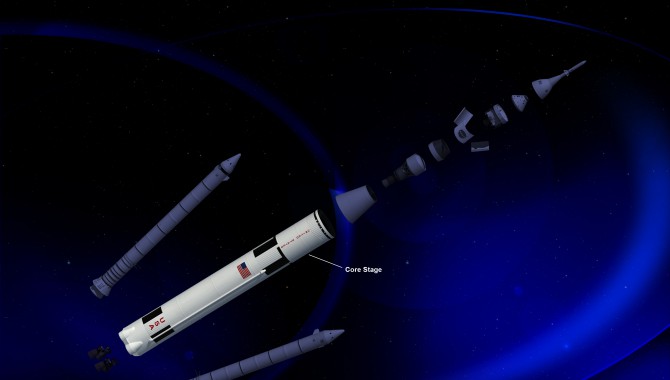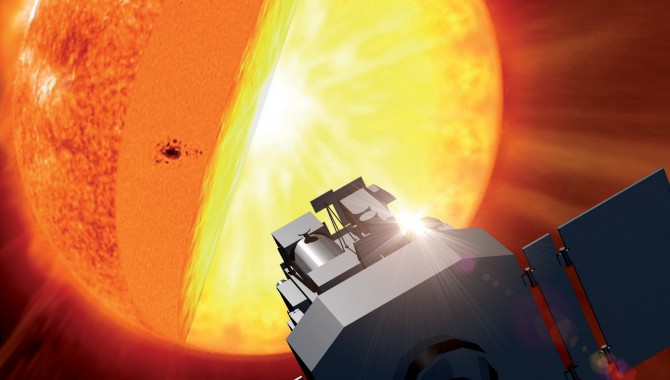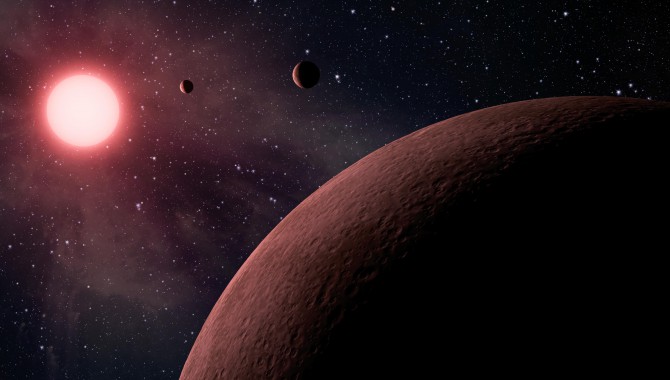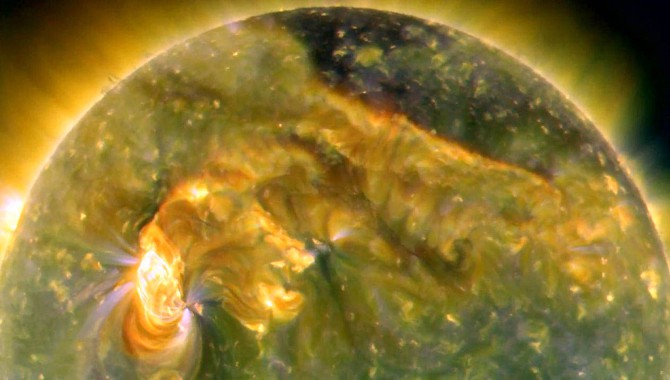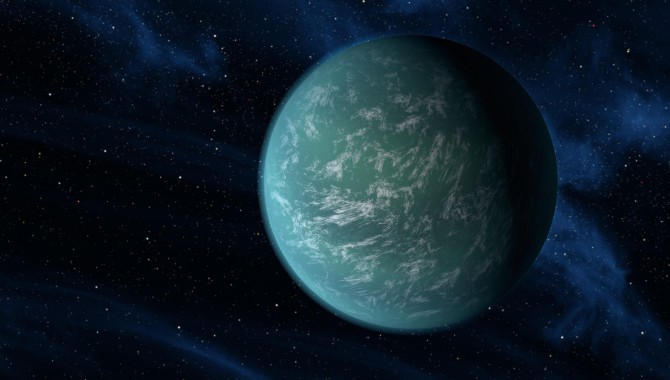
Liz Rampe, a planetary geologist and postdoctoral researcher, pilots the Multi-Mission Space Exploration Vehicle (MMSEV) down to asteroids spinning at different rates as part of the 2012 Research and Technology Studies (RATS) at Johnson Space Center. One of the RATS team’s goals during this testing is to successfully navigate to an asteroid that may be […]






